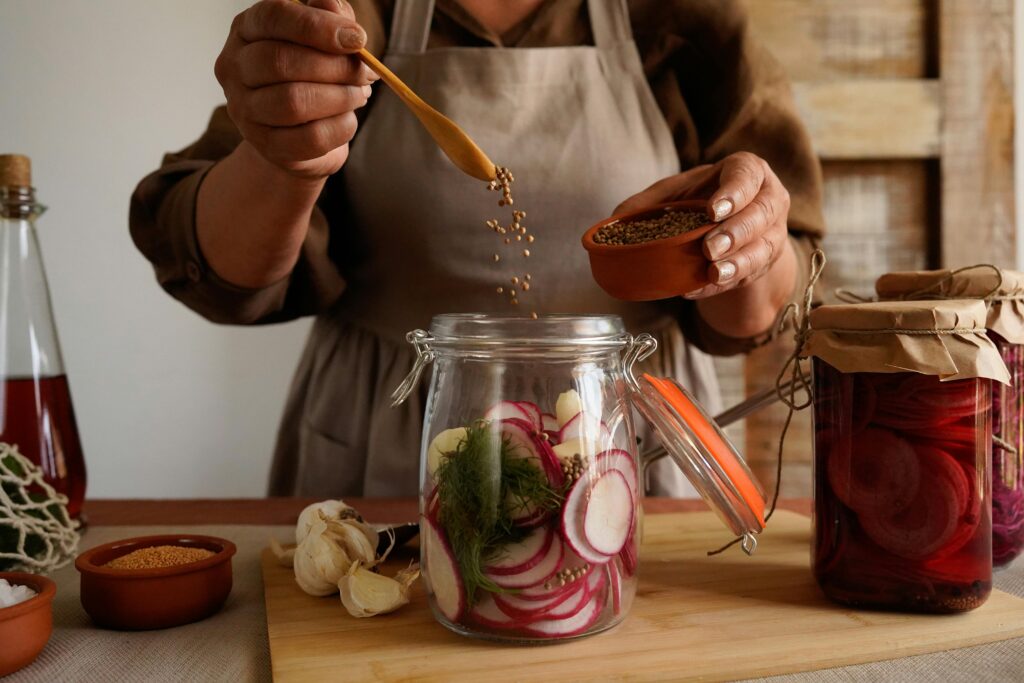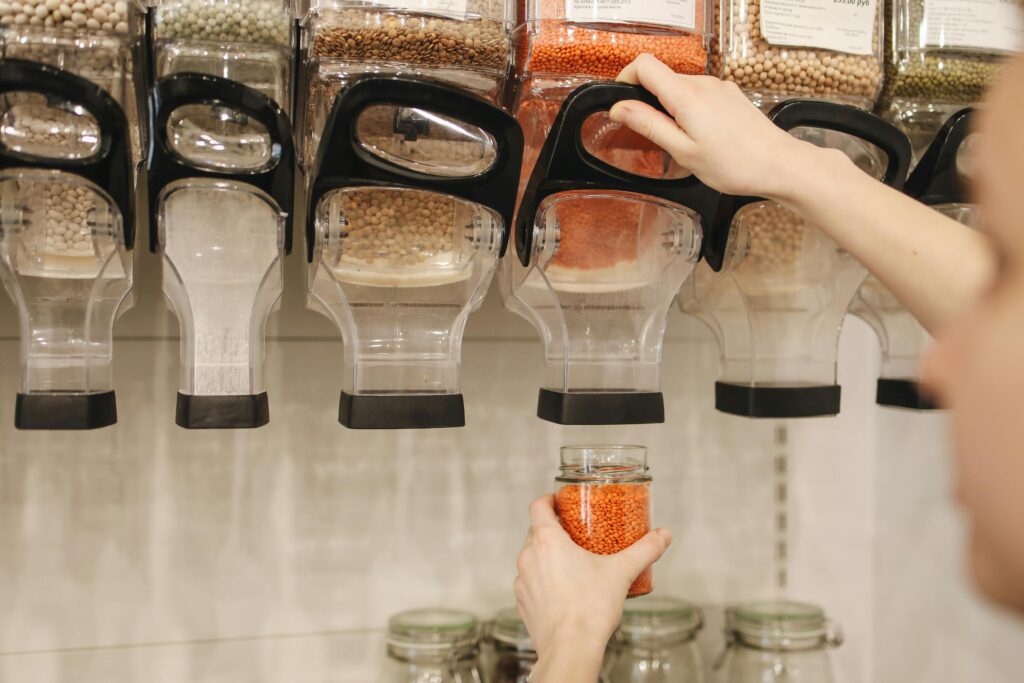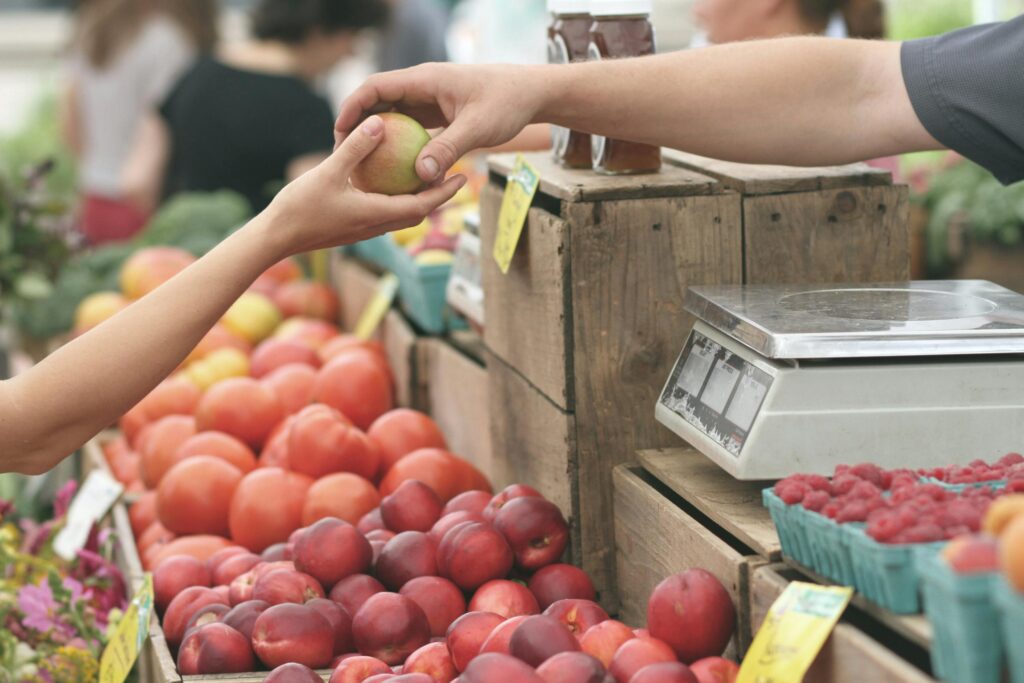From plastic packaging to disposable cleaning products, most kitchens generate bags of trash every week.
What if you could reduce that waste, save money, and still enjoy a functional, modern kitchen?
Enter the world of zero waste kitchen swaps. These are simple, practical changes you can
make to cut down on single-use items. They don’t just help the environment—they also help your wallet.
Many swaps are one-time purchases that last for years, meaning you spend less in the long run.
In this guide, we’ll explore 10 impactful swaps, why they matter, how to make them work in
your home, and how much money they can save you over time.
1. Cloth Towels Instead of Paper Towels
The problem: The average family uses over 100 rolls of paper towels per year, costing both money and trees.
The swap: Switch to reusable cloth towels made of cotton or bamboo. One set can last years.
- Machine washable and durable.
- Absorbent enough for spills, wiping counters, and even napkins.
- Repurpose old t-shirts as rags for free.
Cost: $12–$18 one-time vs. $40+ annually on paper towels.
Eco impact: Saves trees, reduces packaging waste, and cuts landfill volume.
2. Beeswax Wraps Instead of Plastic Wrap
The problem: Plastic wrap is single-use and non-recyclable.
The swap: Beeswax wraps—washable sheets made from cotton, beeswax, and resin.
- Mold naturally around food or bowls.
- Keep fruits, veggies, bread, and snacks fresh.
- Compostable at the end of life.
Cost: $7–$10 for a set replaces ~$30 worth of plastic wrap yearly.
Eco impact: Prevents ~20 lbs of plastic waste per family per year.
3. Glass Jars Instead of Plastic Containers
The problem: Plastic containers stain, break, and leach microplastics.
The swap: Reuse glass jars from sauces, jams, or buy mason jars.
- Airtight, non-toxic, and durable.
- Perfect for bulk food storage, leftovers, or smoothies.
- Easy to sterilize in boiling water.
4. Refillable Dish Soap and Cleaning Products
The problem: Each bottle of dish soap = one more plastic container in circulation.
The swap: Buy dish soap refills in bulk or use solid soap bars.
- Refill stations cut down on packaging.
- Concentrated refills reduce shipping emissions.
- Solid soap bars last longer than liquid soap.
5. Compost Bin Instead of Trash Overflow
The problem: Food waste makes up 30–40% of household trash and produces methane in landfills.
The swap: Set up a compost bin for food scraps.
- Turns waste into nutrient-rich soil.
- Reduces household trash dramatically.
- Works for gardens or community drop-offs.
6. Silicone Baking Mats Instead of Parchment Paper
The problem: Baking paper and foil are single-use.
The swap: A reusable silicone mat that withstands hundreds of uses.
- Non-stick, heat-resistant, and easy to clean.
- Great for baking cookies, roasting veggies, or kneading dough.
7. Stainless Steel or Bamboo Straws Instead of Plastic
The problem: Plastic straws are a top 10 ocean pollutant.
The swap: Use stainless steel, bamboo, or silicone straws.
- Durable and dishwasher safe.
- Often come with cleaning brushes.
8. Bulk Buying Instead of Single-Use Packaging
The problem: Pre-packaged food comes in layers of plastic.
The swap: Buy rice, pasta, beans, and spices in bulk with your own jars or cloth bags.
- Often cheaper per pound.
- Reduces packaging waste.
9. Reusable Coffee Filters or French Press
The problem: Disposable coffee pods and paper filters create daily waste.
The swap: Switch to a French press, AeroPress, or metal/cloth filter.
10. Cast Iron or Stainless Steel Pans Instead of Nonstick
The problem: Nonstick pans wear out fast and release toxic coatings.
The swap: Invest in cast iron or stainless steel.
Benefits of Zero Waste Kitchen Swaps
- Financial savings: Long-term reuse saves hundreds of dollars annually.
- Healthier home: Less exposure to chemicals and microplastics.
- Eco impact: Cuts landfill waste, reduces carbon footprint, conserves resources.
FAQs
Q1: Isn’t zero waste expensive to start?
A1: Not necessarily. Many swaps reuse what you already own (like jars). Some require upfront investment but pay back quickly.
Q2: What if I don’t have access to bulk stores?
A2: Start small—choose one or two swaps like cloth towels or beeswax wraps. Even those make a difference.
Q3: How do I keep up with these habits long-term?
A3: Build routines—like washing cloth towels weekly or refilling soap monthly. Consistency makes it effortless.
Q4: Do these swaps really matter globally?
A4: Yes! If every household adopted even a few swaps, billions of single-use products could be eliminated yearly.
Q5: What’s the easiest zero waste kitchen swap to start with?
A5: Start with cloth towels or glass jars—they’re low-cost, easy, and deliver immediate results.
Conclusion
A zero waste kitchen isn’t about perfection—it’s about progress. By making just a few changes, you’ll
see your trash shrink, your savings grow, and your lifestyle feel more intentional. Start with one swap
this week, then another next week. Over time, these small steps add up to a big difference.



